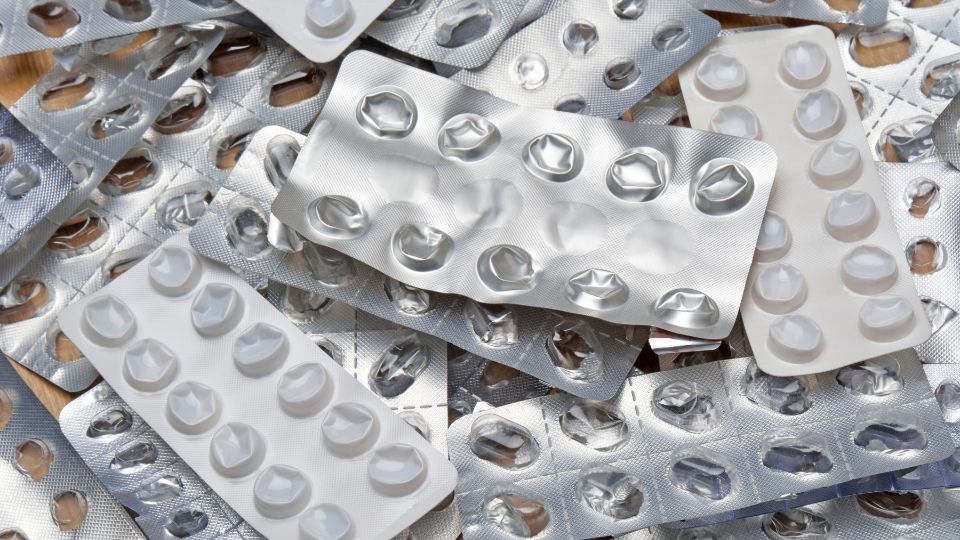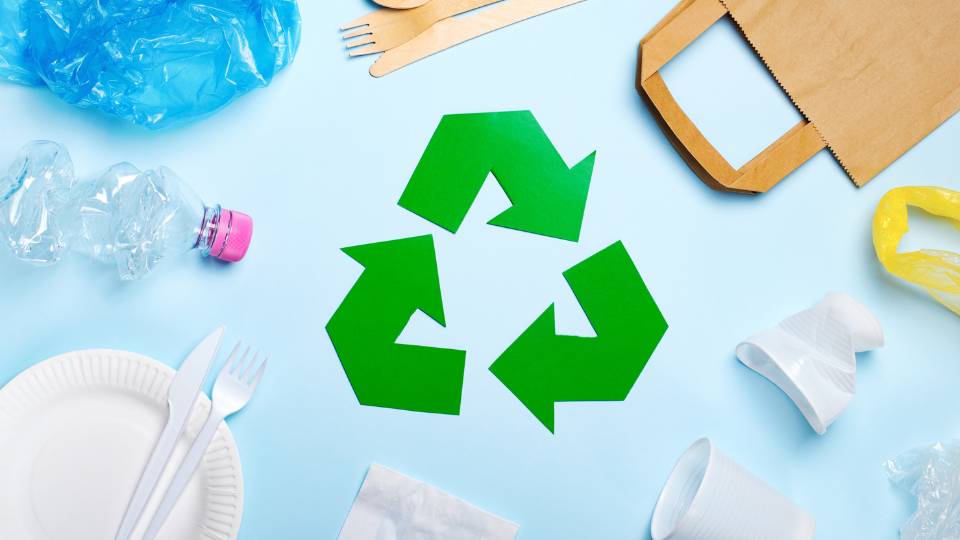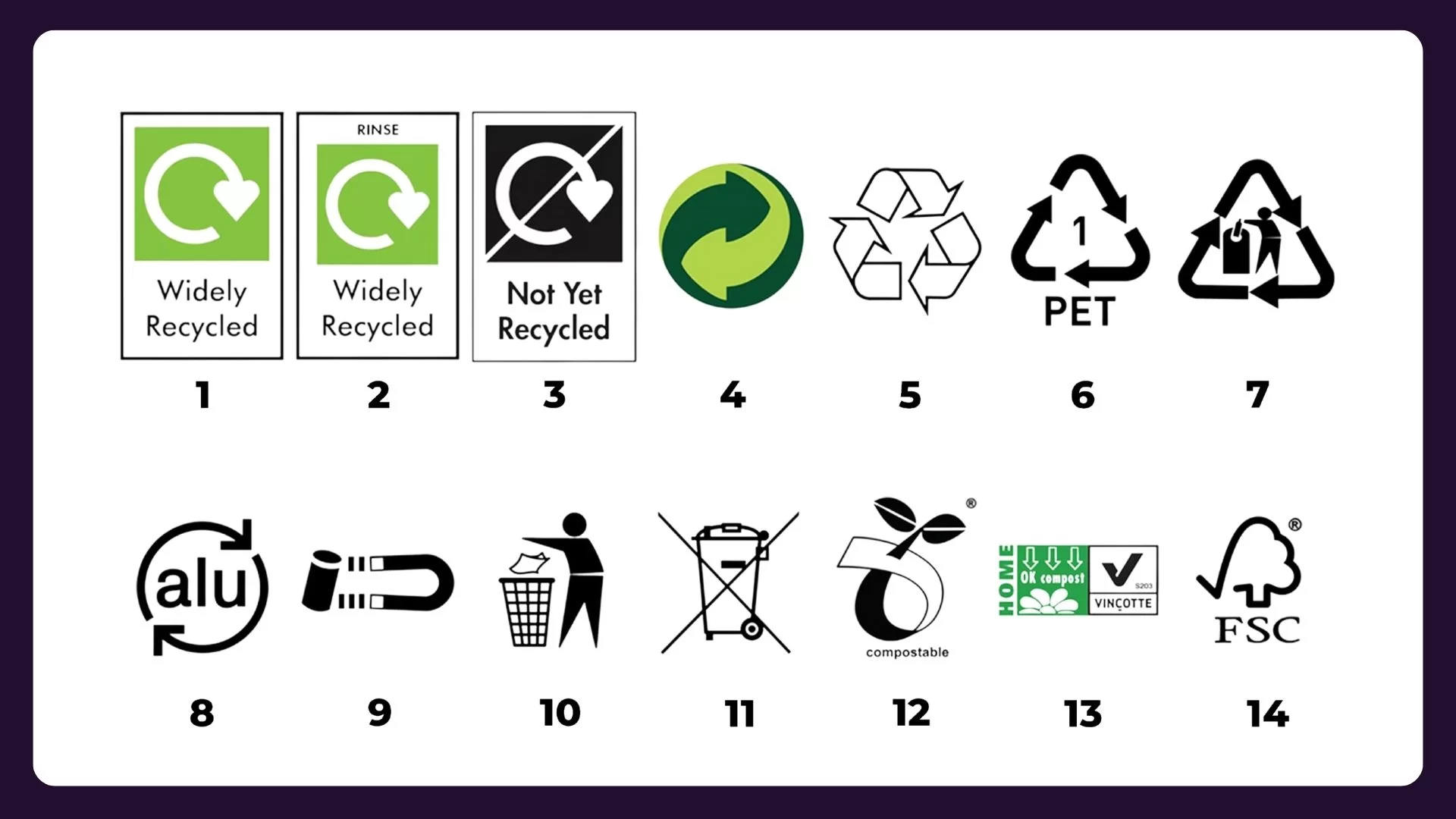
Understanding the meaning behind recycling symbols is crucial for responsible waste management.
The UK uses a range of recycling symbols to help individuals identify and appropriately sort recyclable materials.
Here you can find the most common recycling logos found in the UK. We give their meanings, and examples of waste they’re typically found on – enabling you to make more informed choices for a greener future.
Table of contents
- UK 2024 Recycling Logos
- Mobius Loop
- Recycle and Rinse Symbol
- Rinse with Lid Cap on
- Flatten with Cap on
- Recycle with Bags at Local Stores Symbol
- Don’t Recycle and Remove Sleeve Symbol
- Green Dot Recycling Symbol
- Other Recycling Symbols
- Plastic Recycling Codes
UK 2024 Recycling Logos
Recycling symbols, otherwise known as logos, are placed onto various product packaging to indicate how to successfully dispose of and recycle them.
Here are all of the current symbols used in the UK in 2024:
Mobius Loop
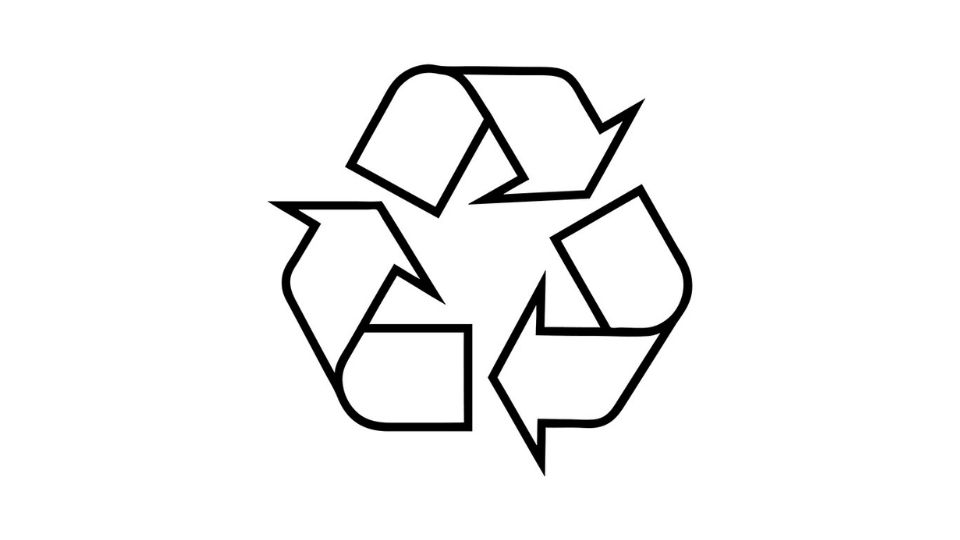
The Mobius Loop is the most recognisable symbol. It indicates that the product or packaging is recyclable.
This logo signifies that the item can be processed and reused, contributing to the circular economy.
Examples of waste with the Mobius Loop recycling symbol
- Plastic waste: This includes plastic bottles, containers, packaging materials, and plastic bags.
- Paper waste: Items such as newspapers, magazines, cardboard boxes, office paper, and paper packaging
- Glass waste: Glass bottles and jars are often marked with the Mobius Loop symbol
Recycle and Rinse Symbol
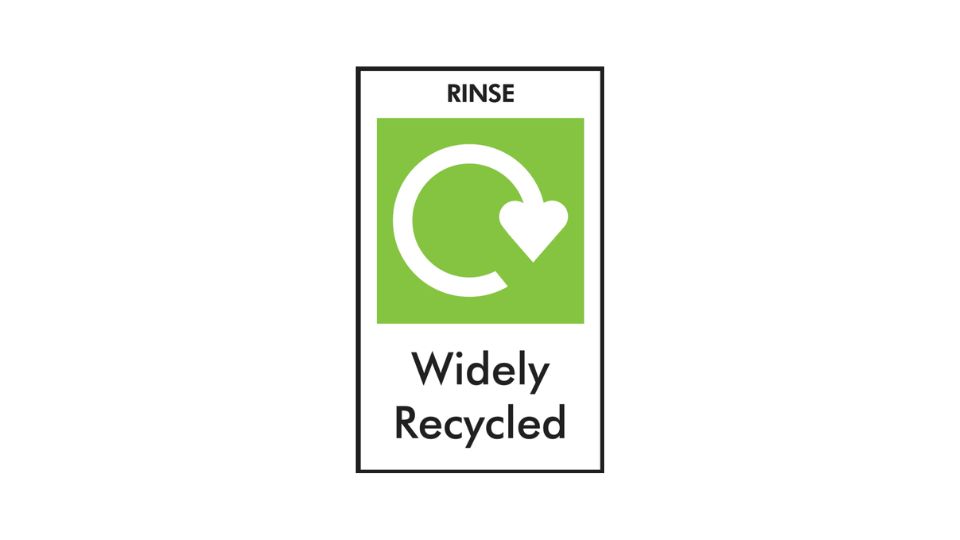
The recycle and rinse symbol indicates that the item is recyclable but requires rinsing or cleaning before disposal.
This logo is commonly found on food packaging, aiming to minimise contamination and prevent vermin.
Examples of waste with the Recycle and Rinse logo
- Glass jars
- Metal cans and tins
- Plastic items such as shampoo bottles and food containers
Rinse with Lid Cap on
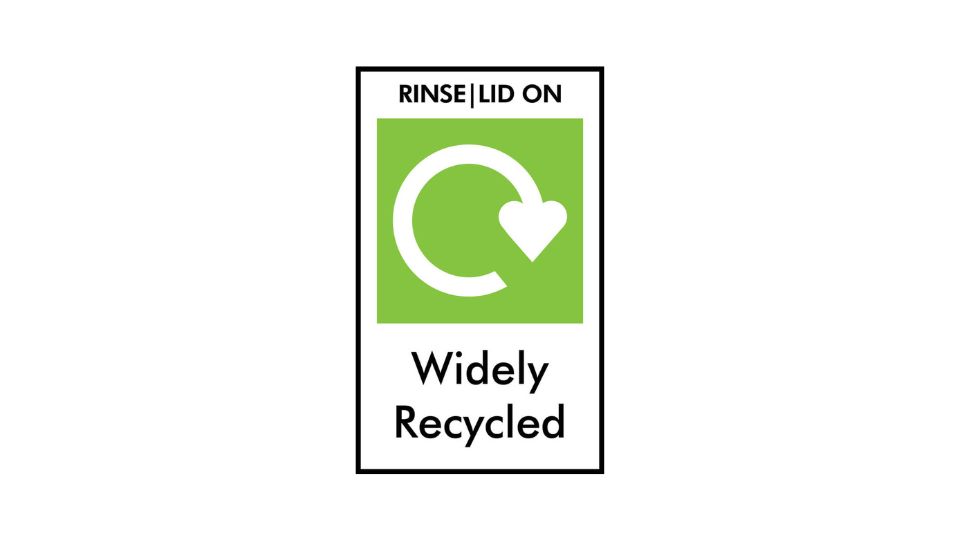
Products bearing this symbol can be recycled, but it is important to ensure they are rinsed and that the lids or caps are tightly secured.
Small bottle caps can interfere with the recycling process.
In 2023, brands like Coca-Cola introduced soft-drink bottles with caps that no longer detach from the plastic container in the UK.
This is to encourage them to be recycled together. Although many consumers find it a slight interference whilst drinking it’s probably for the best.
Examples of waste with this recycling symbol
- Plastic bottles
- Milk cartons/containers
Flatten with Cap on
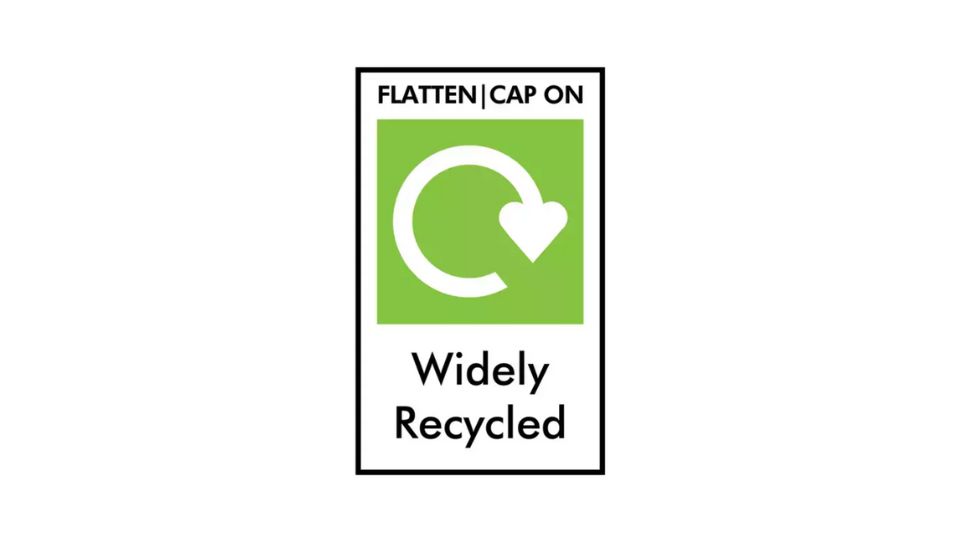
This symbol indicates that the item should be flattened before being placed in the recycling bin, with the cap still on.
This is to save space in bins and waste collection trucks.
Examples of packaging with the Flatten with Cap on recycling symbol
- Plastic bottles
- Milk cartons
- Fabric softener containers
Recycle with Bags at Local Stores Symbol
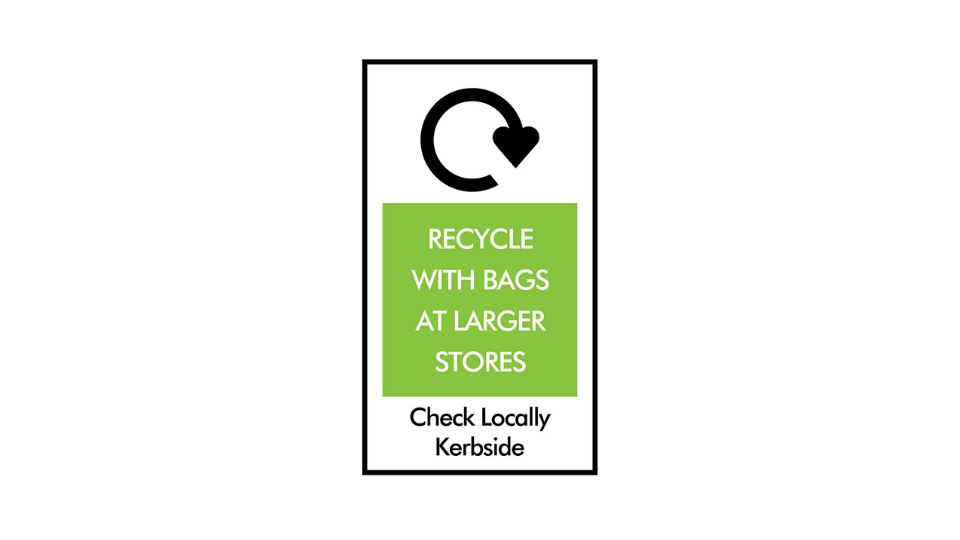
This symbol primarily applies to household waste and indicates that the materials can’t be recycled through regular kerbside pick-up due to their slightly more complex recycling requirements.
Although in some instances the waste can be taken by your local council kerbside pick up so make sure to check first before dropping your waste off at the large supermarkets.
Examples of waste that have the Recycle with Bags At Larger Stores logo
- Plastic cereal bags
- Glossy magazines
- Plastic packaging waste
- Bread bags
- Batteries
Don’t Recycle and Remove Sleeve Symbol
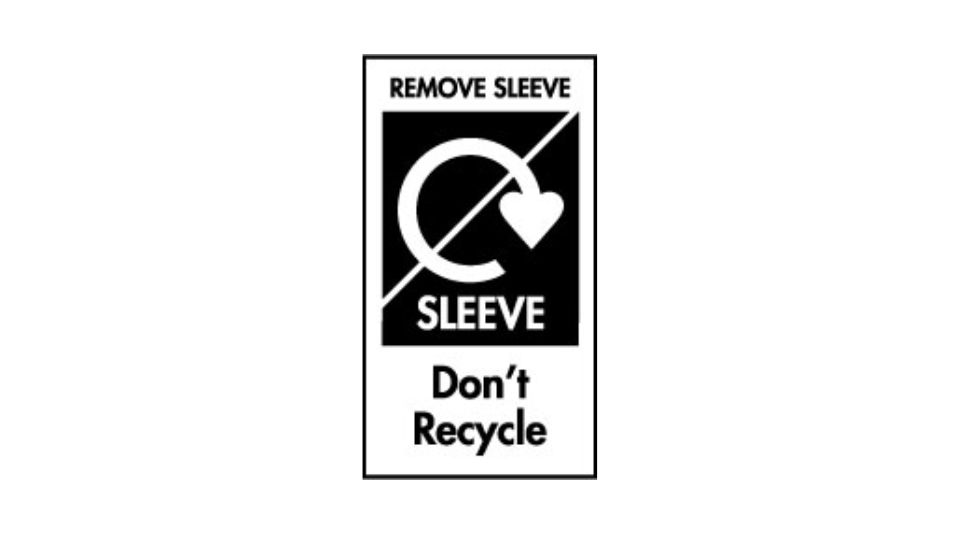
Packaging waste with this symbol indicates that not all components are recyclable.
The sleeve of the packaging should also be fully removed.
Examples of waste with this logo
- Packaging waste
- Product labels
Green Dot Recycling Symbol
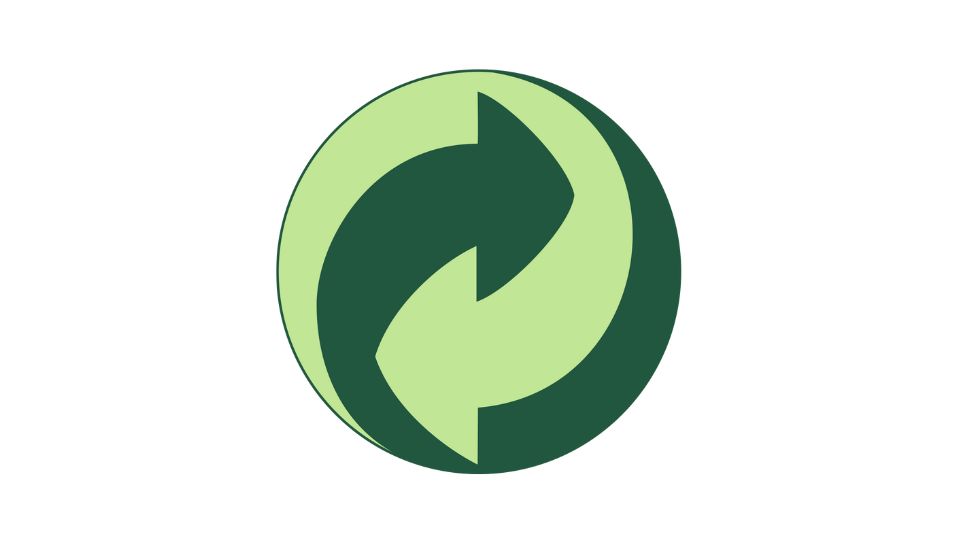
The Green Dot symbol signifies that the company producing the product contributes financially to recycling schemes.
However, it does not necessarily indicate that the product itself is recyclable. Which is understandably confusing for consumers.
This symbol is typically found on:
- Food packaging
- Drink packaging
Other Recycling Symbols
Here are some other symbols you may have come across to do with recycling and waste disposal.
Tidyman Symbol
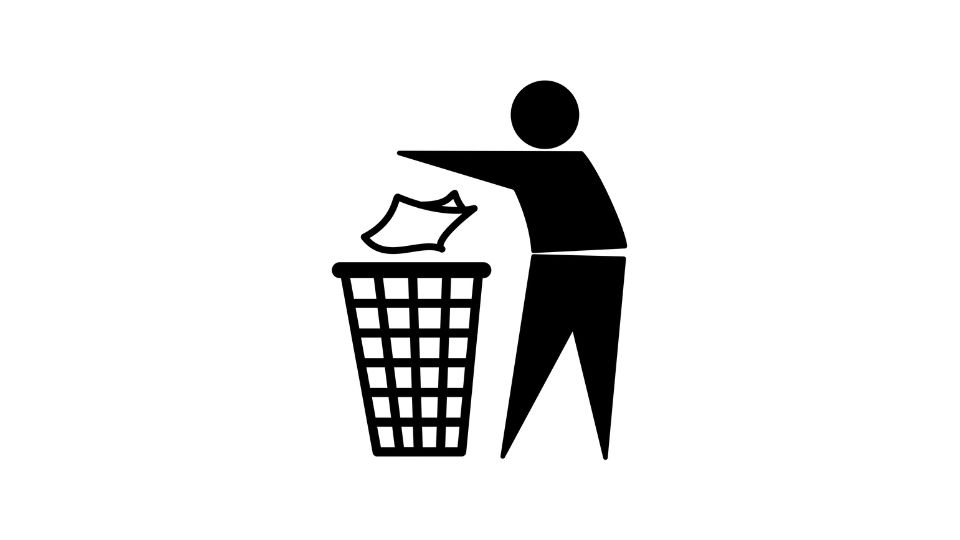
The Tidyman Symbol encourages responsible disposal by reminding individuals to dispose of the item properly.
This logo indicates that a product or its packaging should be discarded appropriately, following local waste management guidelines.
While it does not provide information on recyclability, it emphasises the importance of responsible waste disposal practices.
This symbol is typically found on:
- Food packaging – especially snacks that people might eat on the go (to discourage littering)
- Drinks packaging – for the same reason as food
Compostable Symbol
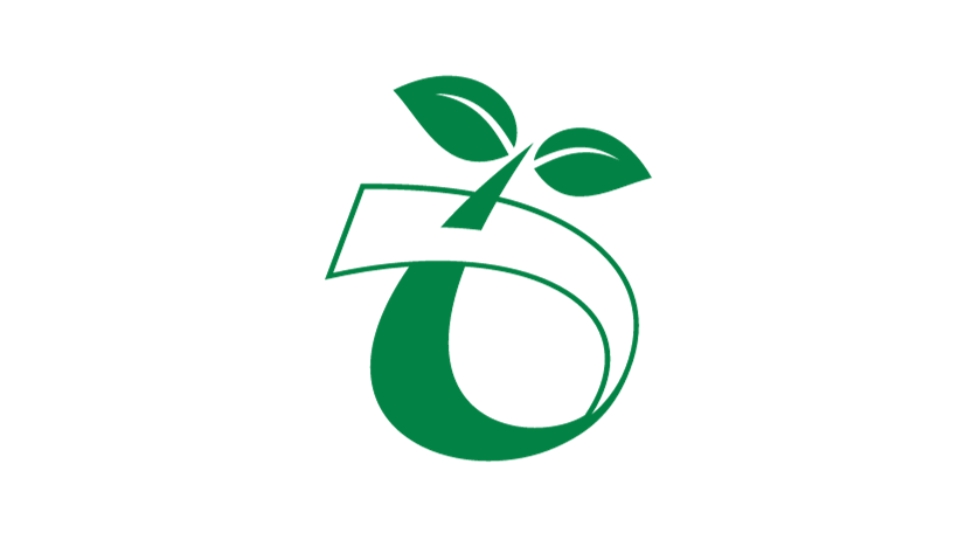
The Compostable symbol identifies products that are designed to break down in composting facilities.
It signifies that the item can be composted and converted into valuable organic matter like fertiliser.
It’s a fairly rare logo but you may find it on fruit stickers for example.
Aluminium Recycling Symbol
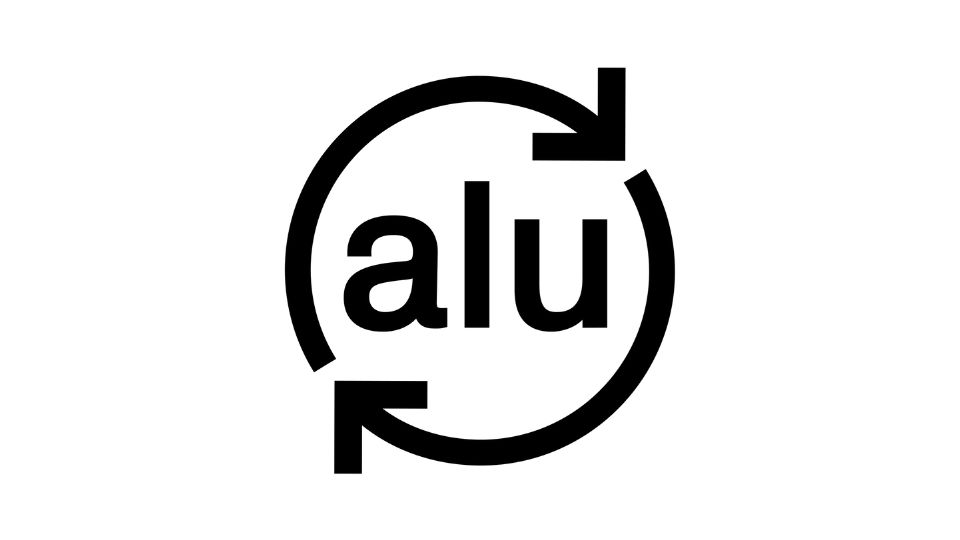
Typically found on things like tin foil or cans, this indicates that the metal used in the product is made from aluminium and can be recycled.
Glass Recycling Symbol
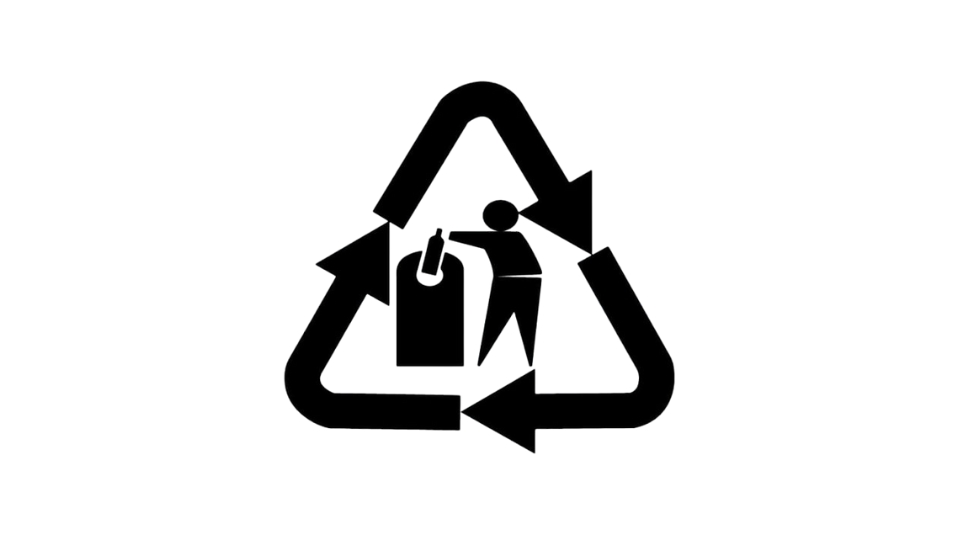
Again, sort of rare but is found on glass jars and bottles to remind people that they can recycle the container.
Waste Electronics Recycling Logo
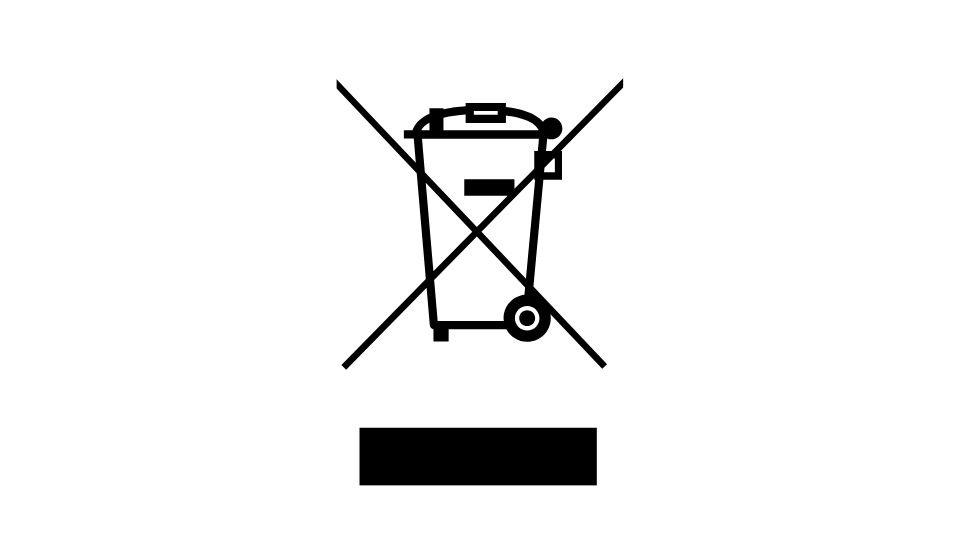
You’ll find this symbol on electrical items that can’t be discarded with your general waste.
You’ll need to dispose of these items through a WEEE recycling service.
Steel Recycling Symbol
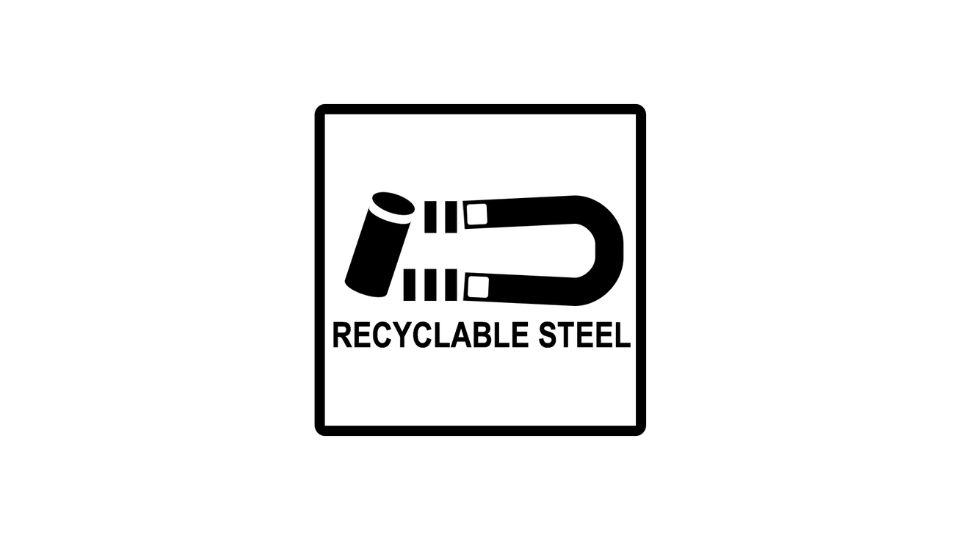
This lets you know that the material is made from steel which is magnetic and also recyclable so don’t throw it into your general waste bins.
Forest Stewardship Council Logo
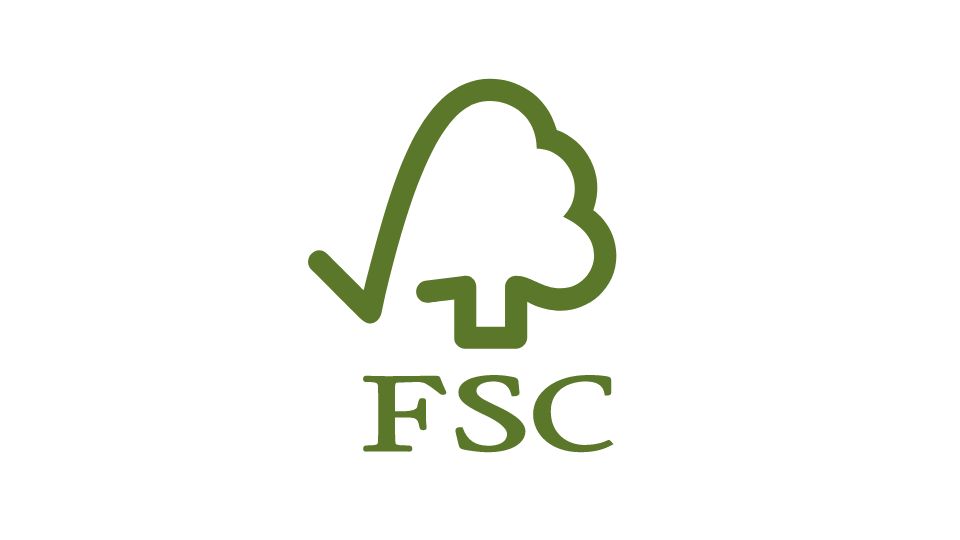
The presence of the Forest Stewardship Council (FSC) logo on paper, cardboard, and wood products signifies their environmentally friendly production methods, approved by the FSC.
By choosing items with this logo, consumers support responsible forest management and sustainability.
Plastic Recycling Codes
Due to the varying characteristics of different plastic types, certain facilities may necessitate the separation of plastic before collection.
This segregation is essential because each type of plastic requires a specific disposal method tailored to its unique properties.
Therefore each type of plastic has its own recycling code.
1: PETE (Polyethylene Terephthalate)
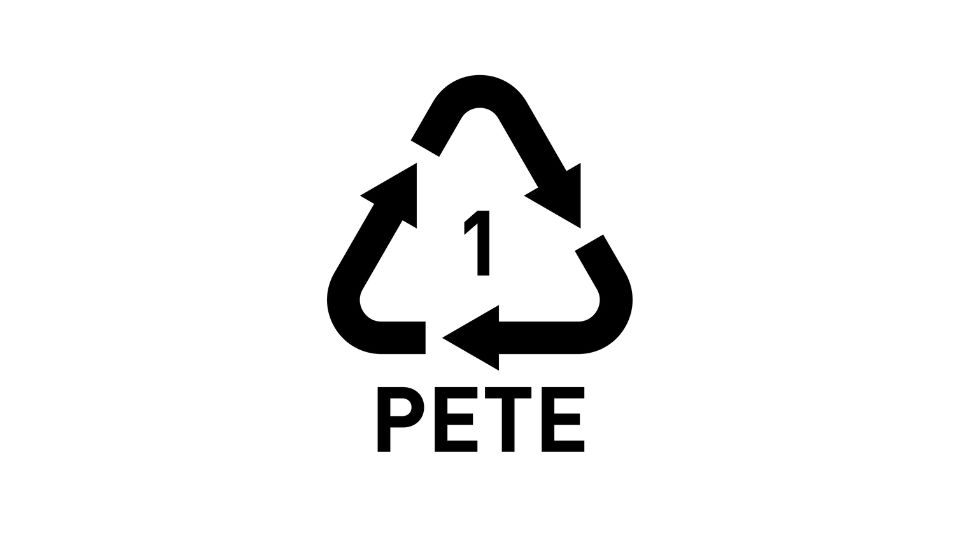
PETE plastic, also known as Polyethylene Terephthalate or PET, is extensively used worldwide and constitutes the predominant form of plastic.
Approximately 70% of plastic bottles and containers in the United Kingdom are made from PETE, and the positive aspect is that it is widely recyclable.
2: HDPE (High-Density Polyethylene)
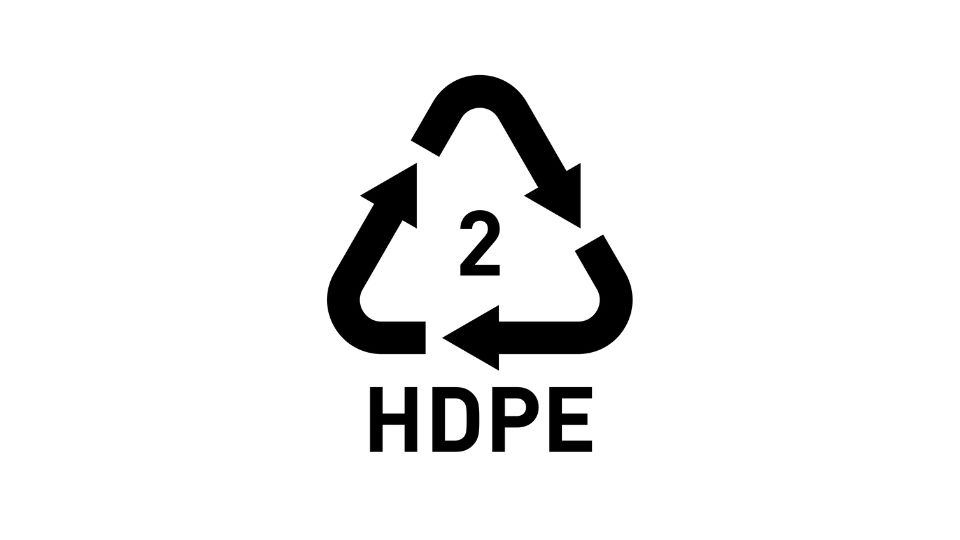
Initially favoured for its application in the construction industry, HDPE (High-Density Polyethylene) was primarily used in pipe manufacturing.
However, its versatility has expanded, and it is now commonly employed in the production of various containers, including milk cartons and cleaning product bottles.
3: PVC (High-Density Polyethylene)
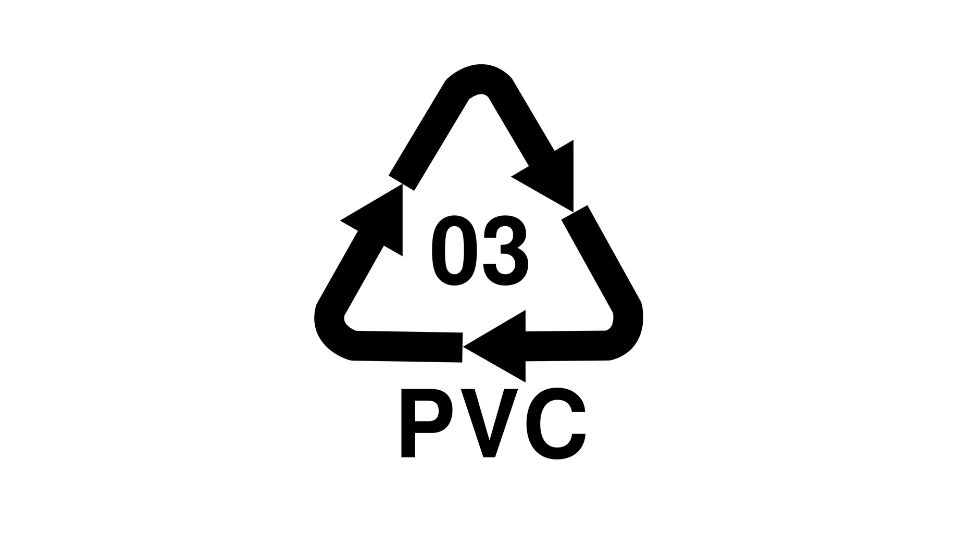
Similar to HDPE, PVC (Polyvinyl Chloride) finds predominant usage in the construction industry, particularly for manufacturing door and window frames.
Fortunately, it’s widely recycled.
4: LDPE (Low-Density Polyethylene)
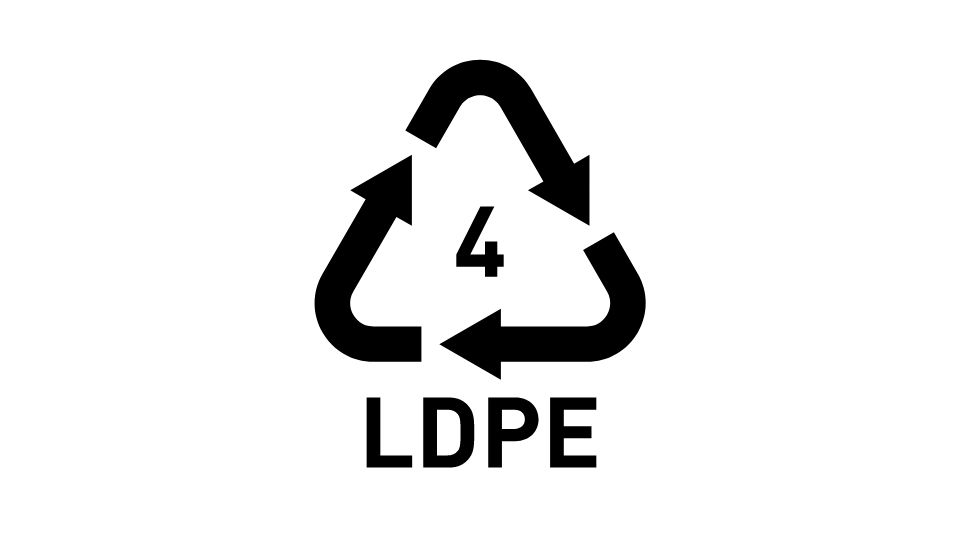
LDPE (Low-Density Polyethylene) is commonly employed in the production of plastic carrier bags and bin bags.
Regrettably, it’s also one of the most frequently discarded types of plastic, with global consumption reaching approximately 500 million plastic bags annually, and only a fraction of them are recycled.
5: PP (Polypropylene)
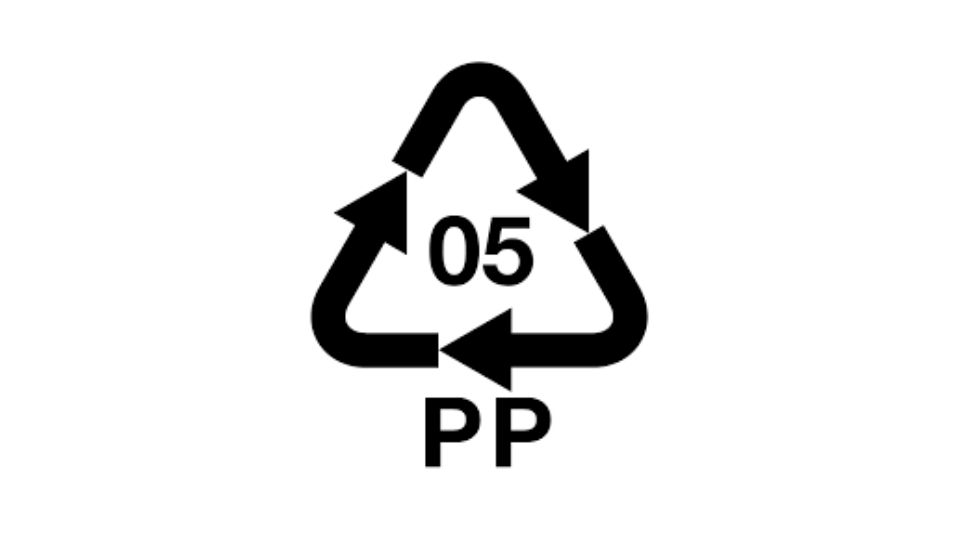
PP (Polypropylene) plastics are commonly employed in the production of packaging materials like plastic tubs, containers, and drinks cartons, as well as furniture.
Fortunately, PP is a recyclable plastic.
6: PS (Polystyrene)
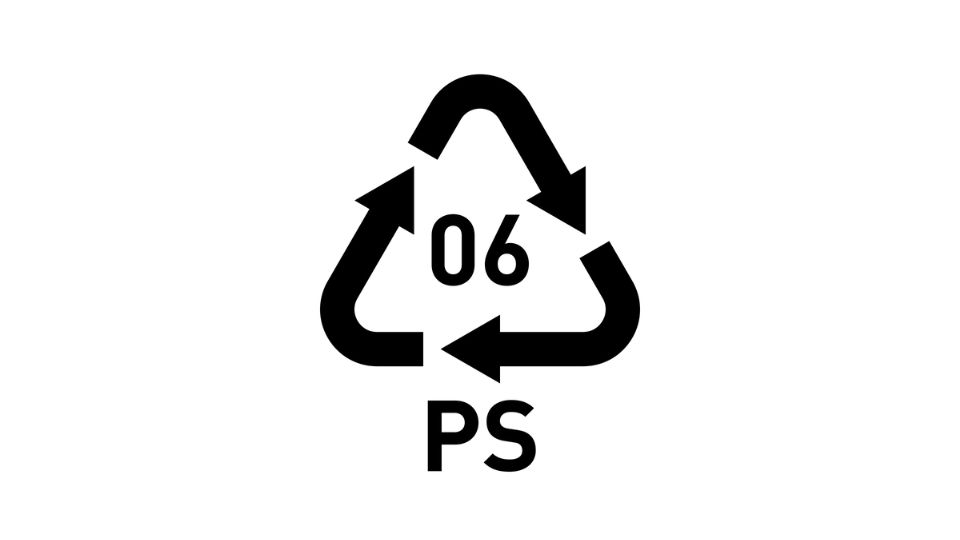
Polystyrene, also known as styrofoam, finds primary application in packaging to provide cushioning and protection for delicate items.
However, polystyrene is not extensively recyclable and poses significant environmental concerns.
7: Other
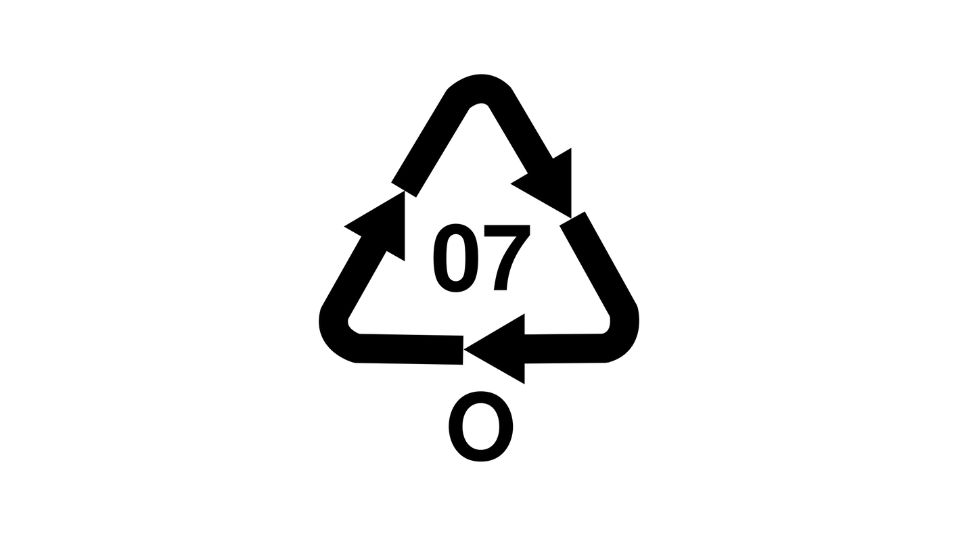
This category encompasses plastic types that do not fit into the aforementioned classifications, such as fibreglass and acrylic plastic.
The recyclability of these items varies and depends on specific considerations and recycling capabilities.

